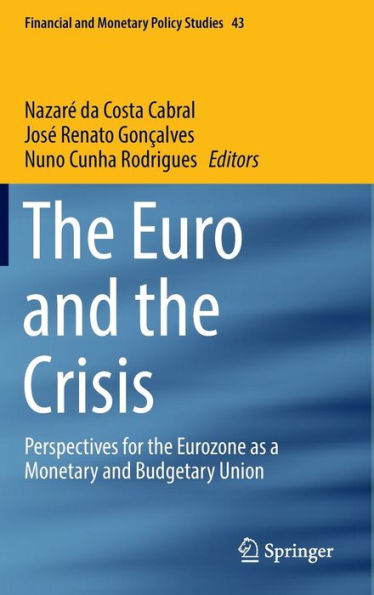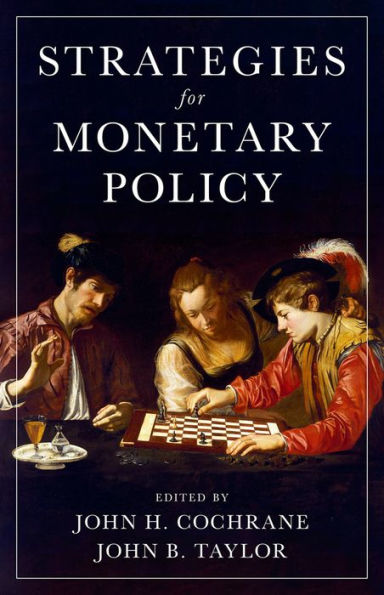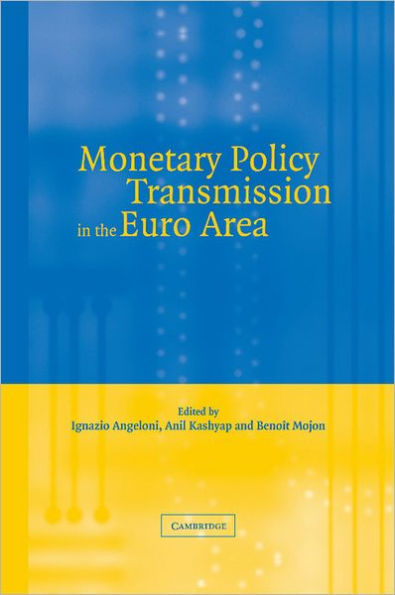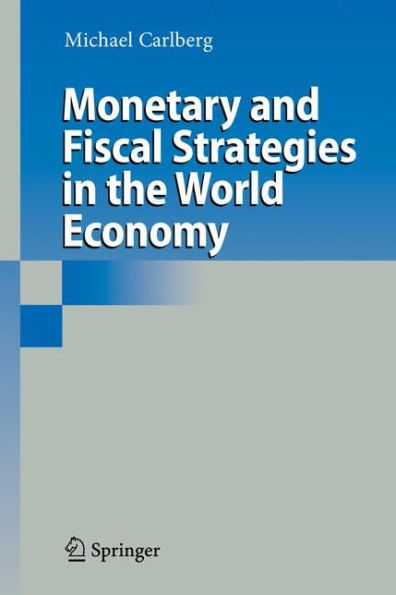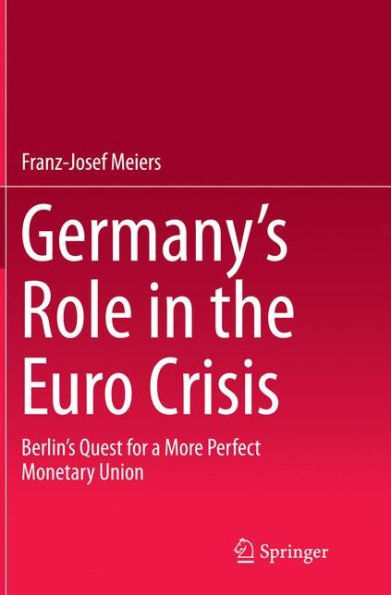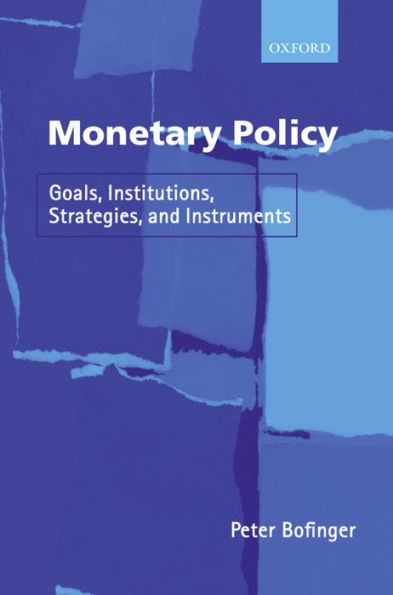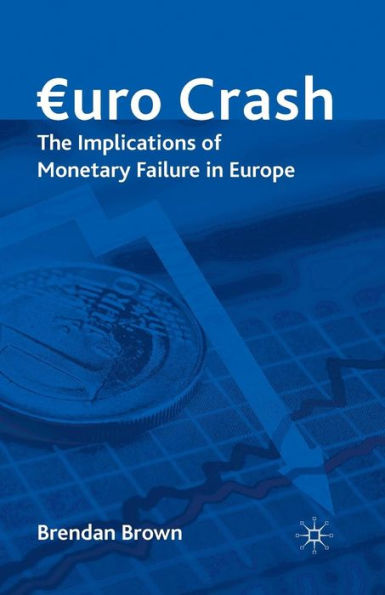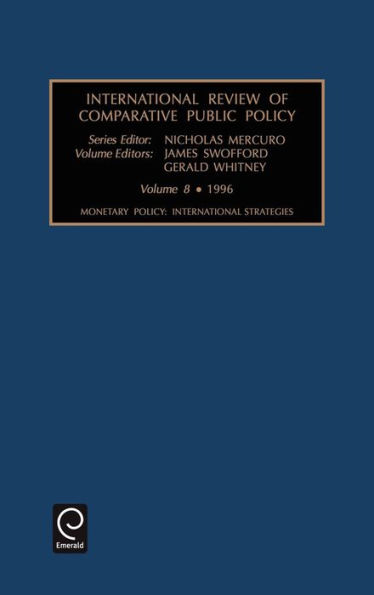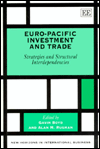Home
Monetary Strategies for Joining the Euro
Barnes and Noble
Loading Inventory...
Monetary Strategies for Joining the Euro
Current price: $152.00
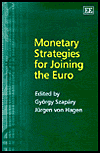
Barnes and Noble
Monetary Strategies for Joining the Euro
Current price: $152.00
Loading Inventory...
Size: OS
*Product information may vary - to confirm product availability, pricing, shipping and return information please contact Barnes and Noble
The ten countries joining the EU in 2004 will soon be forced to focus on the next big challenge of integration: their adoption of the euro.
In this book, well-known economists and policymakers look at the next step in the integration process for accession countries: accession to European Monetary Union (EMU). They debate which monetary and exchange rate strategies are optimal during the run-up to EMU, and consider the conflict that may arise in trying to meet both the exchange rate stability and the Maastricht inflation criteria. The impossible trinity between monetary independence, exchange rate stability and free capital flows is also addressed, as is the question of the effects of structural changes on the real exchange rate. Estimates of the 'Balassa-Samuelson effect' on five of the new member states, and the experiences of Portugal and Greece in their run-up to EMU are discussed, and lessons for the economic policies of the new EU member states are illustrated.
The distinguished list of contributors have published extensively in the relevant fields making
Monetary Strategies for Joining the Euro
a must-read for policymakers and economists interested in European studies. It will also be welcomed by those with an interest in the process of European integration.
In this book, well-known economists and policymakers look at the next step in the integration process for accession countries: accession to European Monetary Union (EMU). They debate which monetary and exchange rate strategies are optimal during the run-up to EMU, and consider the conflict that may arise in trying to meet both the exchange rate stability and the Maastricht inflation criteria. The impossible trinity between monetary independence, exchange rate stability and free capital flows is also addressed, as is the question of the effects of structural changes on the real exchange rate. Estimates of the 'Balassa-Samuelson effect' on five of the new member states, and the experiences of Portugal and Greece in their run-up to EMU are discussed, and lessons for the economic policies of the new EU member states are illustrated.
The distinguished list of contributors have published extensively in the relevant fields making
Monetary Strategies for Joining the Euro
a must-read for policymakers and economists interested in European studies. It will also be welcomed by those with an interest in the process of European integration.
The ten countries joining the EU in 2004 will soon be forced to focus on the next big challenge of integration: their adoption of the euro.
In this book, well-known economists and policymakers look at the next step in the integration process for accession countries: accession to European Monetary Union (EMU). They debate which monetary and exchange rate strategies are optimal during the run-up to EMU, and consider the conflict that may arise in trying to meet both the exchange rate stability and the Maastricht inflation criteria. The impossible trinity between monetary independence, exchange rate stability and free capital flows is also addressed, as is the question of the effects of structural changes on the real exchange rate. Estimates of the 'Balassa-Samuelson effect' on five of the new member states, and the experiences of Portugal and Greece in their run-up to EMU are discussed, and lessons for the economic policies of the new EU member states are illustrated.
The distinguished list of contributors have published extensively in the relevant fields making
Monetary Strategies for Joining the Euro
a must-read for policymakers and economists interested in European studies. It will also be welcomed by those with an interest in the process of European integration.
In this book, well-known economists and policymakers look at the next step in the integration process for accession countries: accession to European Monetary Union (EMU). They debate which monetary and exchange rate strategies are optimal during the run-up to EMU, and consider the conflict that may arise in trying to meet both the exchange rate stability and the Maastricht inflation criteria. The impossible trinity between monetary independence, exchange rate stability and free capital flows is also addressed, as is the question of the effects of structural changes on the real exchange rate. Estimates of the 'Balassa-Samuelson effect' on five of the new member states, and the experiences of Portugal and Greece in their run-up to EMU are discussed, and lessons for the economic policies of the new EU member states are illustrated.
The distinguished list of contributors have published extensively in the relevant fields making
Monetary Strategies for Joining the Euro
a must-read for policymakers and economists interested in European studies. It will also be welcomed by those with an interest in the process of European integration.

